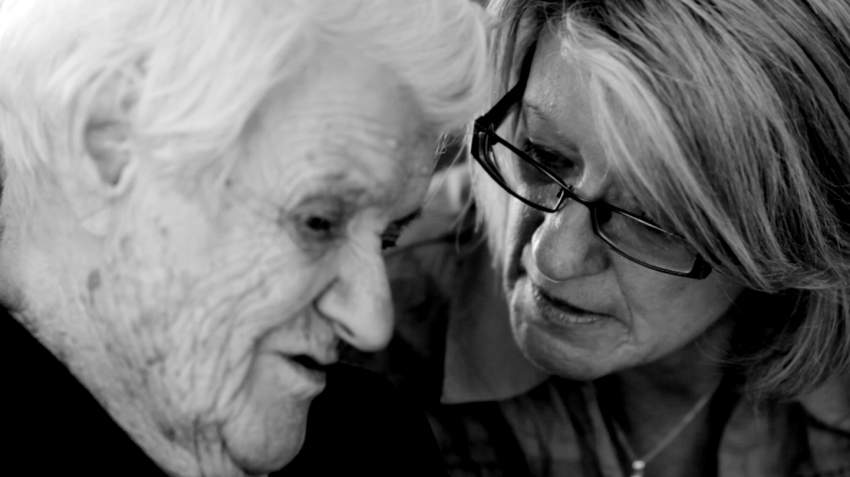
There is a perception in Australia that once people reach a certain age or become unable to care for themselves, the government will take care of them no matter their social or financial circumstances.
In Australia, the responsibility for funding and regulating residential aged care belongs to the Commonwealth. It is the federal government that sets the amount and distribution of residential aged-care funding across Australia.
However, understanding residential aged-care policy and its implementation is difficult. There are many vested interests with incomes essentially determined by government policies.
Aged-care residents are among the most vulnerable in society. Many are reliant on pensions for income support. Residential aged-care facilities often means-test new residents, who often have to meet some of the cost, sometimes by selling their homes or needing family members to meet the shortfall in funding from the government.
Depending on the facility, residents may have to put up a large sum of money as a bond. Staffing is often difficult. Workers are often poorly paid, overburdened and undervalued for their efforts.
The residential aged-care sector in Australia is owned and operated by three main groups. In 2010-11, not-for-profit organisations such as charities and religious organisations operated almost two-thirds of residential aged care in Australia. The private sector ran 30% of services. Public or state-owned residential aged-care facilities made up the rest.
There has been a huge disparity of pay and conditions between aged-care workers in the public sector and those working in private and not-for-profit aged care.
In recent months, nurses and carers in not-for-profit and private aged care fought a campaign for better pay and conditions, but have been thwarted by the federal government.
In June, the then Labor government, in response to a concerted community campaign led by the Australian Nurses and Midwifery Federation (ANMF), secured the quarantining of a significant amount of aged care funding — $1.2 billion — to improve the low wages of workers in private and not-for-profit aged care.
The Aged Care Workforce Supplement was introduced to ensure aged-care providers delivered pay rises to their employees, above the “usual” or expected wage rise.
As a result of the Labor government funding provided to employers, the Victorian ANMF began securing wage rises for private aged-care nurses and carers that were outstripping the rises in the public sector. Some of these recent wage rises add up to 25% more than they had ever achieved. In some cases, workers have won an extra 3.5% on top of the usual pay rise over the next four years. This will go a long way to closing the wages gap between public and private aged-care nurses.
However, these achievements are now under threat. The Abbott government has announced that the quarantine of this funding will no longer apply and will go back into the “general pool of aged-care funding”.
Aged-care employers have welcomed Abbott’s announcement, because there will be no obligation to continue to allocate wage rises.
Now, public aged-care homes are facing increasing pressure from the private sector. In Melbourne, residents, families and carers have discovered that Monash City Council was taking “expressions of interest” for two government-owned residential aged-care facilities — Monash Gardens and Elizabeth Gardens.
Concerned locals made their opposition heard by packing the local council chamber and demanding answers on September 24.
In Geelong, the staff at the publicly owned Barwon Health residential aged-care facilities of Wallace Lodge and Alan David Lodge have been told they will lose the equivalent of nine full-time nursing staff, despite former staffing levels being deemed necessary in the last two enterprise bargaining agreements.
The ANMF said the Victorian government wants to make the facility more attractive to private buyers by reducing staffing costs. Residents and family members were not informed of this decision and some of the staff have reported they were explicitly told not to inform them.
The message from local and state government in Victoria and the rest of Australia is: don’t get old or frail. Don’t be poor and unable to pay for quality aged care. Don’t work in aged care because the work is heavy, unpleasant and low-paid.
Alternatively, society could start valuing its elderly and frail. It could properly remunerate aged-care nurse and carers appropriately and value what they do because we don’t want to or cannot do it.
It is time for communities to get angry and start caring about the way the most vulnerable are treated towards the end of their lives.